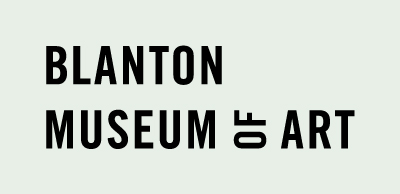Cheval sauvage terrassé par un tigre [Wild Horse Felled by a Tiger]
Primary
Eugène Delacroix
(Saint-Maurice, France, 1798–Paris, France, 1863)
NationalityFrench, Europe
Date1828
MediumLithograph on chine collé
Catalogue raisonnéDelteil 77, Inventaire 58
DimensionsSheet: 9 1/16 × 11 1/8 in. (23 × 28.3 cm)
Credit LineBlanton Museum of Art, The University of Texas at Austin, The Teaching Collection of Marvin Vexler, '48, 1999.85
Rights Statement
Collection AreaPrints and Drawings
Object number1999.85
On View
Not on viewEugène Delacroix’s Wild Horse Felled by a Tiger is the quintessential Romantic print. This lithograph conveys a violence so raw and instinctive as to be repulsive. Wild animals in combat were a favorite theme of Romantic artists, who sought to venture well beyond the realm of reason and exercise emotions that could tap into the innermost reaches of the human soul, achieving a state of transcendence.
One of the qualities of lithography that appealed to the French Romantics was its ability to communicate both the artist’s unique vision and the dramatic movement within the composition. Here Delacroix barely sketched in the setting, using bold strokes to suggest a harsh, rocky environment, and instead focused our attention on the action in the center, a swirling mass of horseflesh writhing in the throes of death.
This is one of only seven known impressions of the first state of the print. Generally strong, the museum’s holdings of early French lithography include five other prints by Delacroix, 23 by Théodore Géricault, 13 by the brothers Vernet, ten by Louis-Léopold Boilly, and 41 by Achille Devéria.
Exhibitions
Jean-Louis-André-Théodore Géricault
1822
Jean-Louis-André-Théodore Géricault
1823

![Cheval sauvage terrassé par un tigre [Wild Horse Felled by a Tiger]](/internal/media/dispatcher/11406/preview)

![Cheval sauvage terrassé par un tigre [Wild Horse Felled by a Tiger]](/internal/media/dispatcher/11406/full)

![Un Forgeron [A Blacksmith]](/internal/media/dispatcher/17169/thumbnail)


![Garçon donnant l'avoine à un cheval dételé [Boy Giving Oats to an Unharnassed Horse], from Etudes de cheveaux [Studies of Horses]](/internal/media/dispatcher/19338/thumbnail)
![Environs de Dieppe [Near Dieppe], plate 1 from Six Marines [Six Marines Views]](/internal/media/dispatcher/17296/thumbnail)

![Cheval dévoré par un lion [A Horse Devoured by a Lion], from ..](/internal/media/dispatcher/16279/thumbnail)